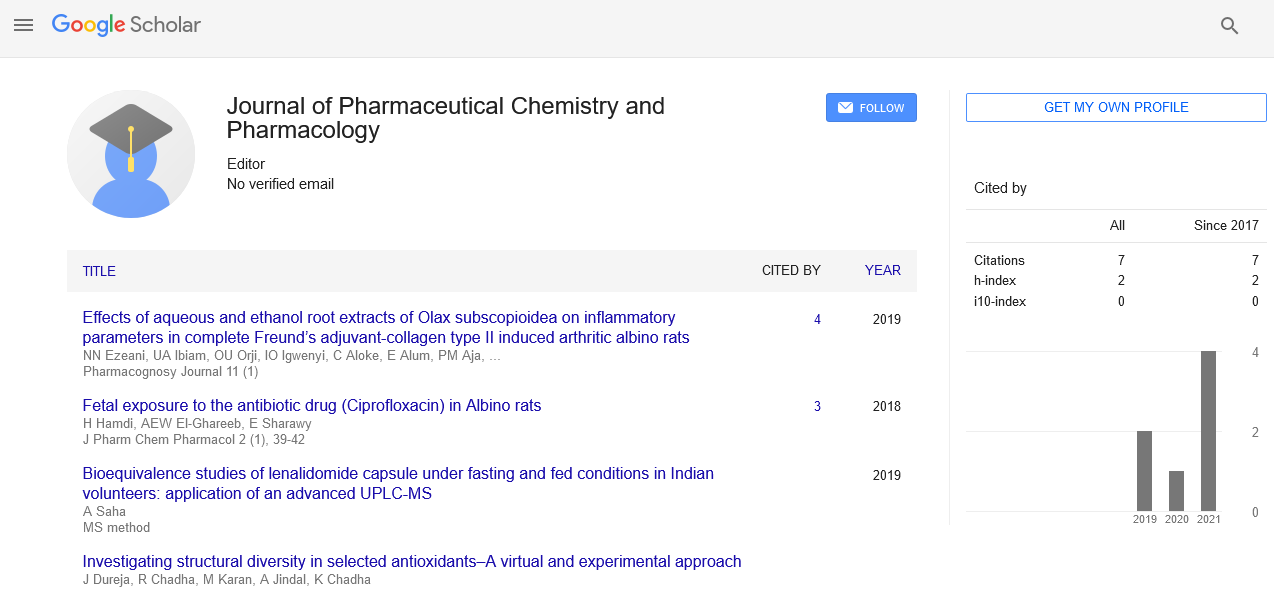Around 150 Quassinoids Have Been Separated Relies Upon Their Substance Structures
Received: 02-Dec-2021 Accepted Date: Dec 16, 2021; Published: 23-Dec-2021
This open-access article is distributed under the terms of the Creative Commons Attribution Non-Commercial License (CC BY-NC) (http://creativecommons.org/licenses/by-nc/4.0/), which permits reuse, distribution and reproduction of the article, provided that the original work is properly cited and the reuse is restricted to noncommercial purposes. For commercial reuse, contact reprints@pulsus.com
Description
imarouba glauca has an extraordinary history of utilization in conventional or natural meds across the world and principally the leaf and bark concentrate of Simarouba is most popular for its different pharmacological exercises like antihelmenthic, antipyretic, anticancerous , antiulcer , antiamoebic, antiprotozoal and some more. The plant incorporates basically ailanthinone, benzoquinone, canthin, dehydroglaucarubinone, glaucarubine, glaucarubolone, glaucarubinone, holacanthone, melianone, simarolide, sitosterol, and tirucalla. After disclosure of bruceantin (a quassinoid), which is answerable for antileukemic action, these phyto-atoms acquired a lot of consideration . Around 150 quassinoids have been separated relies upon their substance structures . Considering the future in creating hostile to HIV specialists with more viable and less hurtful mixtures, native quassinoids address an asset of little particles. The chose quassinoids, some were chosen (ailanthinone, benzoquinone, canthin, dehydroglaucarubinone, glaucarubine, glaucarubolone, glaucarubinone, holacanthone, melianone, simaroubidin, simarolide, simarubin, simarubolide, sitosterol, and tirucalla) in light of PASS forecast server. The given ligands were anticipated to work together with both CXCR4 and CCR5. Both of these atoms (CXCR4 and CCR5) are chemokine receptors which are available in various sorts of cells like macrophages, monocytes, T- cells as well as goes about as co-receptor for HIV-1 in these cells. CCR5 was first segregated as a functioning GPCR which is acted against 3 CC chemokine . Among the numerous CC chemokine that have been noted to tie, CCR5 show the most suppressive exercises in HIV-1 contamination examines and CCR5 additionally goes about as an expected enhancer in spite of than an inhibitor of HIV-1 replication . CXCR4 was at first recognized as leukocyte-inferred seven-trans membrane area receptor yet didn't get such a lot of reaction until its confinement as a co-receptor for HIV-1. Zidovudine, didanosine, zalcitabine, stavudine, lamivudine, abacavir, and emtricitabine are intense particular inhibitors ligand and clinically supported by the US and European Union and is these days suggested for fix of HIV-1 patients.
ADME INVESTIGATION AND CURRENT REVIEW
In the current review, we took a stab at near examination of the chose quassinoids from the Simarouba glauca plant with the known medication and did the ADME investigation and atomic docking which explored the medication resemblance of the ligands. Lipinski channel were utilized for drug similarity forecast and as indicated by orally dynamic medication should satisfy a few rules for drug resemblance mostly cLogP, sub-atomic mass, hydrogen contributor and acceptor, and molar refractive inde And these properties were examined by SWISS ADME, which is noted as a customary medication disclosure apparatus as well as cerebrum access and gastrointestinal assimilation are 2 pharmacokinetic practices to gauge the different levels of the medication revelation instruments. Also the Brain or Intestinal EstimateD saturation technique (BOILEDEgg) is proposed as a precise prescient model. The realized medications uncovered polar surface region is around 77 Ų-135 Ų, though many chose compounds having less polar surface region like benzoquinone (mass - 108.09 g/mol) trailed by canthin, holacanthone, and melianone. The goal of the sub-atomic docking is to foresee the dynamic restricting methods of ligands and direction of particles concerning restricting destinations. As indicated by this docking, the partiality score gives the positioning of the multitude of restricting pores of particle inside the reactant site of a chemical is being done and the designated compounds were chosen for minimization utilizing Ligprep module of Schrodinger.In sub-atomic docking, the receptor matrix was dissected keeping (zidovudine, didanosine, zalcitabine, stavudine, lamivudine, abacavir, and emtricitabine) on (ailanthinone, benzoquinone, canthin, dehydroglaucarubinone, glaucarubine, glaucarubolone, glaucarubinone, holacanthone, melianone, simaroubidin, simarolide, simarubin, simarubolide, sitosterol, and tirucalla) at the focal point of framework with 20 An edges bearing reactant locales





